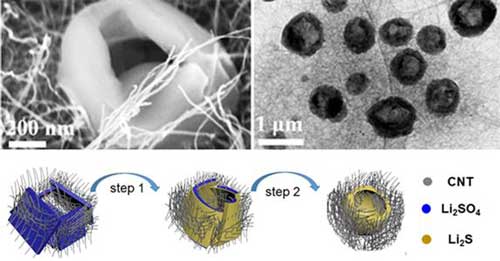
Tuesday, September 18, 2018
Using donut-shaped lithium sulfide for higher performing batteries
Device uses graphene plasmons to convert mid-infrared light to electrical signals
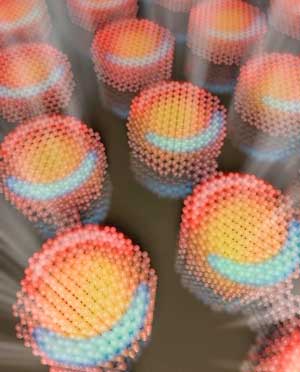
Scientists use artificial neural networks to predict new stable materials

Nanomembranes turn your skin into a loudspeaker
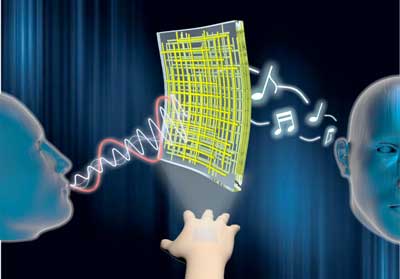
Extremely small and fast: Laser ignites hot plasma
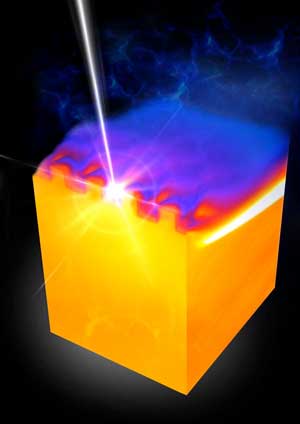
Greater than the sum of its parts
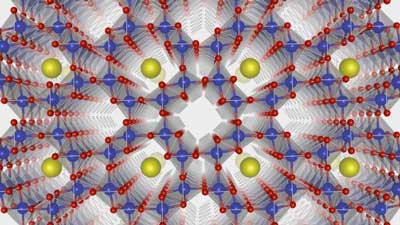
Sophisticated nanostructure for solar cells: Rough optics, smooth surface
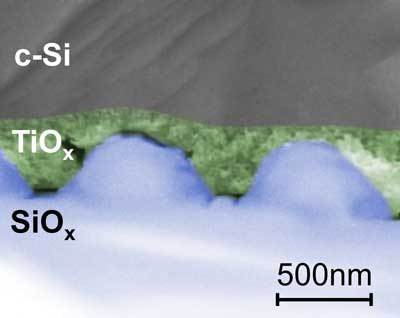
Clarified why some nanoparticles pass through nanopores whereas other smaller ones do not
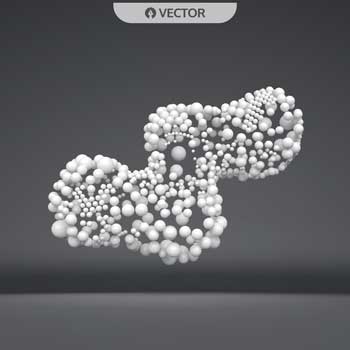
Modeling crystal behavior: Towards answers in self-organization
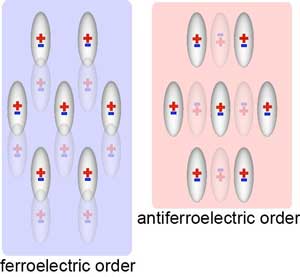
Subscribe to:
Comments (Atom)
